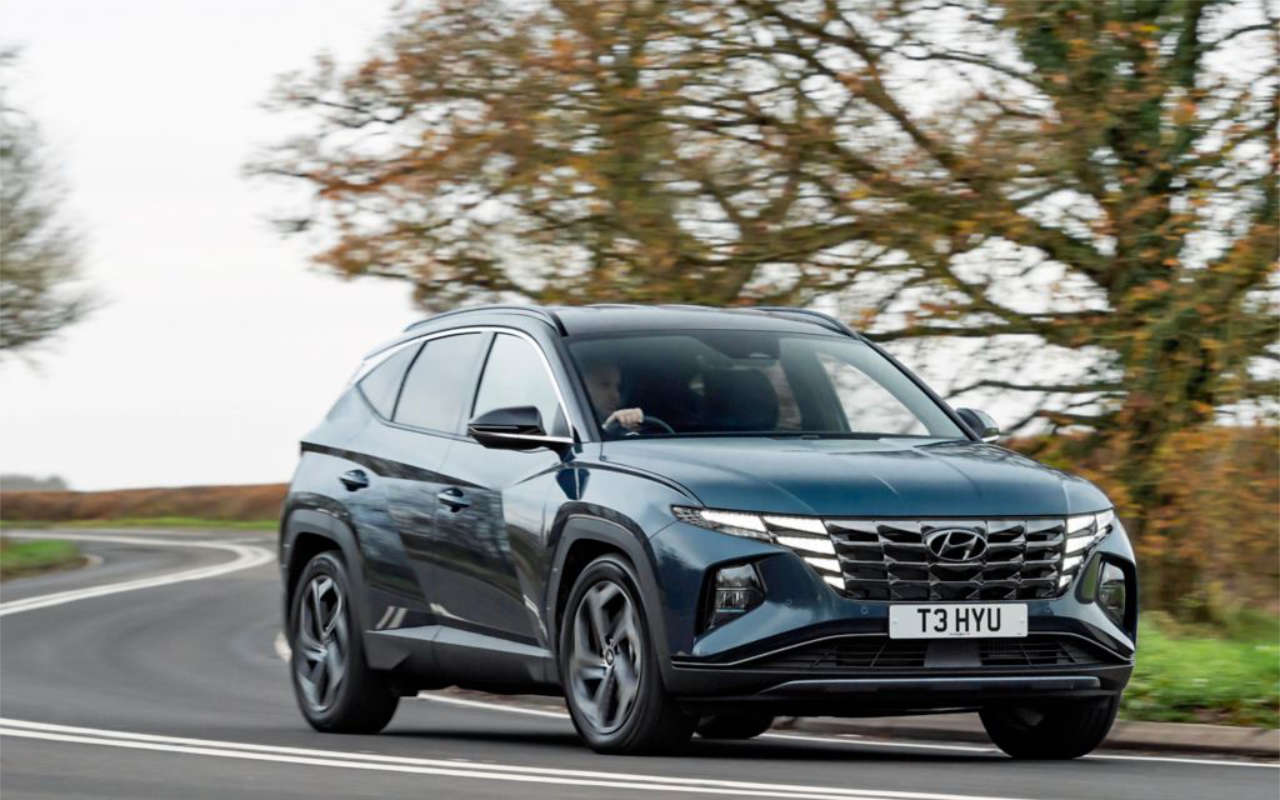IF you’re interested in choosing a new vehicle, one consideration you may have is how fuel-efficient it is. Various types of vehicles are available that aim to reduce their environmental impact by utilising electric power to some degree.
Two of the main advancements in automotive technology include electric vehicles (EVs) and plug-in hybrid vehicles (PHEVs). While similar in some ways, they differ in other characteristics, such as range and fuel efficiency.
In this article, we’ll discuss the difference between the two in the hope that it will help you choose the right vehicle for you.
Fuelling and charging
Electric vehicles rely solely on electricity, meaning they must be charged from external sources like public charging stations or home chargers. This is convenient given the vehicle can be charged overnight, with a full charge readily available in the morning.
Similar to EVs, plug-in hybrids can be charged by electricity, but they can also be refuelled using petrol or diesel depending on the engine. The dual-fuelling capability of vehicles like the Hyundai Tucson hybrid removes any concerns about range anxiety, making these types of vehicles much better for longer journeys. The Hyundai Tucson is pictured above.
Range and fuel efficiency
EVs often have a fairly high range but this is determined by the capacity of the battery. Recent advancements have led to much higher ranges, with some current models providing more than 300 miles on a single charge.
You may be required to charge mid-journey if you are travelling a fairly long distance though. Chargers can often be found en route but the charging time will depend on the speed of the charger and the battery capacity of the EV.
PHEVs usually offer a longer driver range than all-electric vehicles due to having an internal combustion engine (ICE) as well as a battery. Once the electric range of the car is depleted, PHEVs can instantly switch to fuel, significantly extending the overall range. The average electric range of PHEVs is between 20 miles and 40 miles, which is higher than what most of us typically drive each day.
Environmental impact
EVs don’t produce any tailpipe emissions and so are considered to be zero-emission vehicles. The only environmental impact comes from the production of the car itself and the source of electricity generation. They’ll often rely on the national power grid, which uses fossil fuels.
While they produce fewer emissions than conventional vehicles, PHEVs still use fossil fuels to function, particularly when the electric range has been exhausted. Utilising the electric aspect of the vehicle and travelling shorter distances will ensure you minimise your environmental impact.

Select Fleet Solutions – Eton celebrates 25 years
Select Fleet Solutions – Eton Office, formerly Benchmark Leasing, is celebrating 25 years in the leasing broker sector

Wessex Fleet chooses MotorComplete broker platform for ARs
Wessex Fleet has selected the MotorComplete broker platform to provide websites for the Wessex Appointed Representatives (ARs)

New executive appointments in the fleet and leasing broker sector
There have been a raft of new appointments in the fleet and leasing broker sector, including the appointment of Ian Jeffery at PHVC

Broker News Awards 2024 in pictures
The Broker News Awards 2024 took place at the Orrery in London’s Marylebone. Here are the pictures to remember the event

Broker of the Year 2024 winner profile: Synergy Car Leasing
Synergy Car Leasing was voted Broker of the Year 2024 by the judging panel – here’s the winner’s profile supported by Leasing.com

Broker News Awards 2024 – the winners
The Broker News Awards 2024 – supported by Fleet Procure – produced outstanding winners, with Synergy taking the Broker of the Year title




